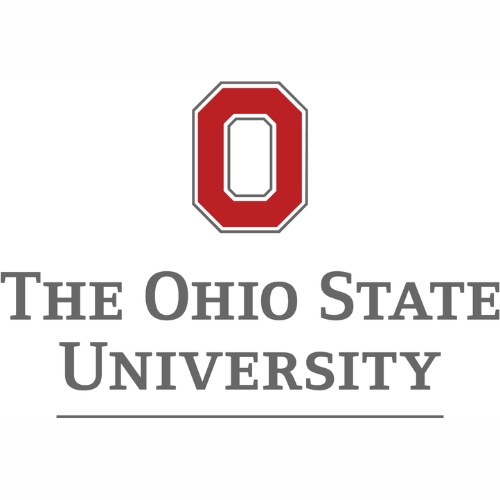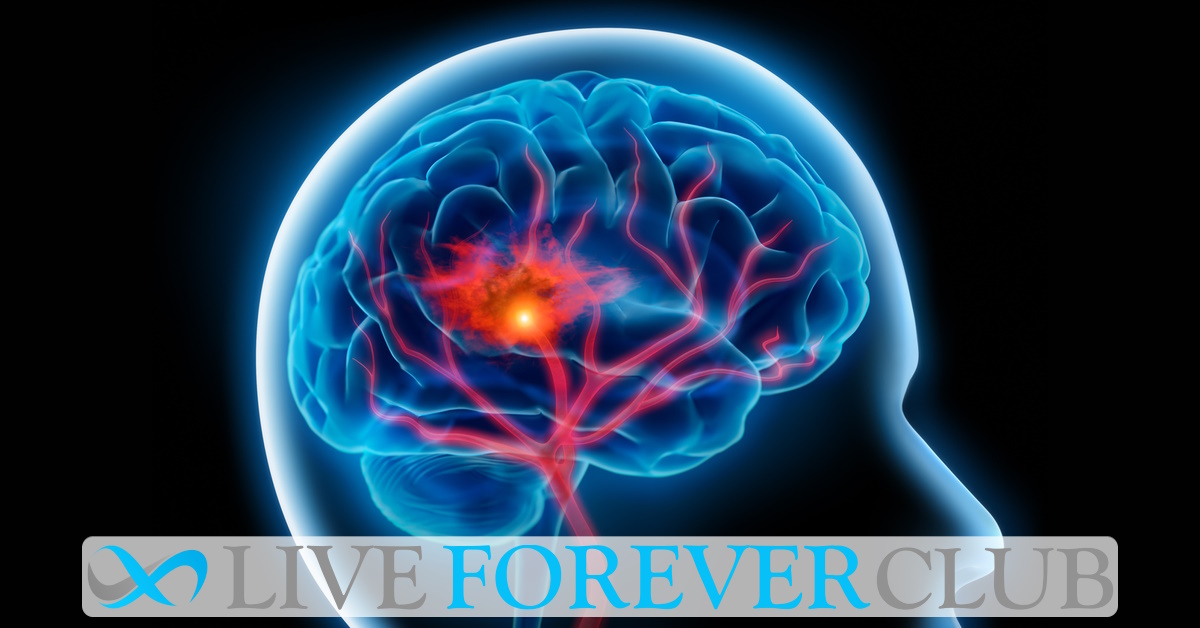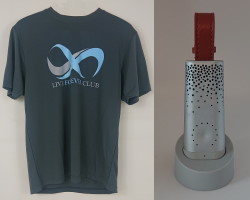Key points from article :
Scientists developed technology to retrain cells to help repair damaged brain tissue.
May help patients regain speech, cognition and motor function, even when administered days after an ischemic stroke.
Researchers use a process called tissue nanotransfection (TNT) to introduce genetic material into cells.
In this mouse study, cells were 'pre-conditioned' with specific genes and injected into the stroke-affected brains.
"They're able to grow new, healthy vascular tissue to restore normal blood supply and aid in the repair of damaged brain tissue," - Daniel Gallego-Perez, lead researcher.
Mice treated with this innovative cell therapy regained 90% of their motor function.
MRI scans showed damaged areas of the brain were repaired within a few weeks.
Exploring other potential uses for this technology to treat brain disorders such as Alzheimer's and autoimmune diseases.
Research by the Ohio State University published in the journal Science Advances.






